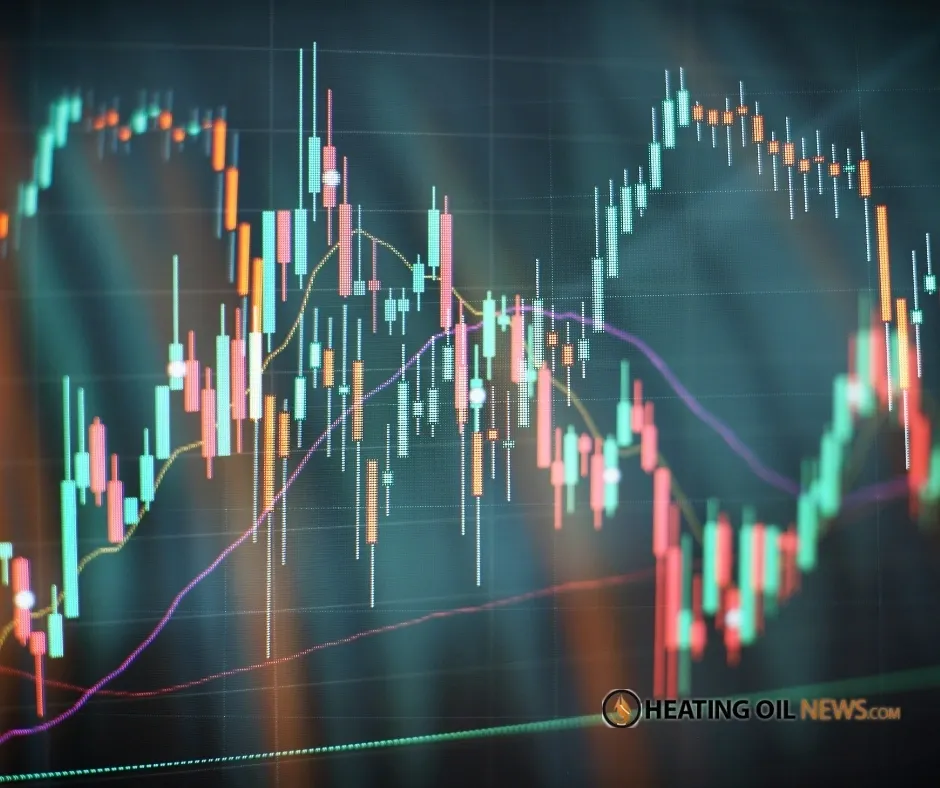The oil industry has become an unpredictable and volatile market, with globalization introducing countless variables that make it difficult for analysts to accurately predict. The recent weeks have highlighted this divide, as market experts are divided between those who fear a banking failure contagion that could threaten oil demand, and those who confidently predict that oil prices will quickly recover and reach $100 per barrel. However, neither narrative has proven accurate in the face of extreme price fluctuations.
Just two weeks ago, oil prices crashed due to fears of contagion following the collapse of Silicon Valley Bank and Signature Bank. The situation worsened with the share crash at Credit Suisse, which suggested a global financial crisis could be brewing. As of the week of March 20th, oil prices began to recover some of the losses, with a significant rally on March 27th that saw oil prices gain approximately 5%. Despite this, oil prices have only stabilized at around $77 for Brent and $72 for WTI, leaving the market in an unpredictable state.
The current market uncertainty and recession fears, along with expectations for Chinese oil demand, are the driving factors behind the contrasting views on oil prices for the rest of this year and beyond.
The bullish camp, comprising Goldman Sachs, Barclays, and ING, have lowered their oil price forecasts for this year after a 10% dip in crude prices two weeks ago. However, their target prices still range from $80-$96 per barrel. They are confident that commodities markets will not be affected by the banking sector’s problems and do not consider this situation to be a financial crisis like 2008-2009. Their optimism is primarily based on the strength of China’s economy. Despite revising its $100 oil price target downward to $94 in the next 12 months and $97 next year, Goldman Sachs remains bullish on oil prices.
Goldman Sachs, Barclays, and ING have all revised their oil price forecasts for this year, but still predict a range of $80-$96 per barrel. However, even the bulls are participating in the herd mentality, with traders selling off in a temporary panic while predicting a long-term market rally. This contradiction is due to the uncertainty in the market caused by factors such as banking stress and recession fears. Even senior market analysts, like Ed Moya, describe the market as “Jekyll and Hyde”, warning that it could turn on a dime despite optimism that oil will be spared from the banking crisis. Ultimately, the herd mentality is taking over, and it seems that no one can predict with certainty what oil prices will look like for the rest of the year.
Oil prices have become increasingly volatile and reactionary to even the slightest geopolitical ripples in recent years. Analysts are struggling to keep up with the various potential scenarios that could impact prices, leading to even more uncertainty and volatility. This was demonstrated by the recent shutdown of a pipeline in Iraq that feeds gas from the Kurdistan Region to Turkey. While this shutdown only affected 400,000 barrels per day, it was seen as significant in the context of Russia’s pledge to remove 500,000 barrels per day from the market in March. However, on the same day that oil prices surged in response to the Iraq news, Russia backtracked on its output cut plans. Although the country still plans to cut 500,000 barrels per day, it clarified that this figure would be based on February’s output level of 10.2 million barrels per day, rather than January’s level of up to 9.9 million barrels per day. This means that the output reduction will be lower than originally anticipated, yet oil prices rose on the news of the Iraq shutdown and Russia’s output cut pledge. The episode highlights how difficult it has become to accurately predict oil prices, with even the slightest developments causing significant market reactions.
Before the COVID-19 pandemic, the markets paid little attention to the ongoing battle between Baghdad and Erbil for control over Iraqi Kurd oil resources, like the lack of response to the years-long absence of Libyan oil from the market. Today, the market is much more sensitive to any concrete developments, and a herd mentality has taken hold, leading to exaggerated selloffs and buy-ins. The circular nature of market volatility means that an outsized reaction resulting in a sell-off can quickly trigger a domino effect, leading to even greater volatility. The market no longer has time to digest global events before oil prices start fluctuating wildly, as it used to take a major event, such as an Iranian missile strike on Saudi Aramco facilities, to cause such a reaction. Nowadays, even a minor pipeline shutdown resulting in a loss of 400,000 bpd can have the same impact.
Heating Oil News




